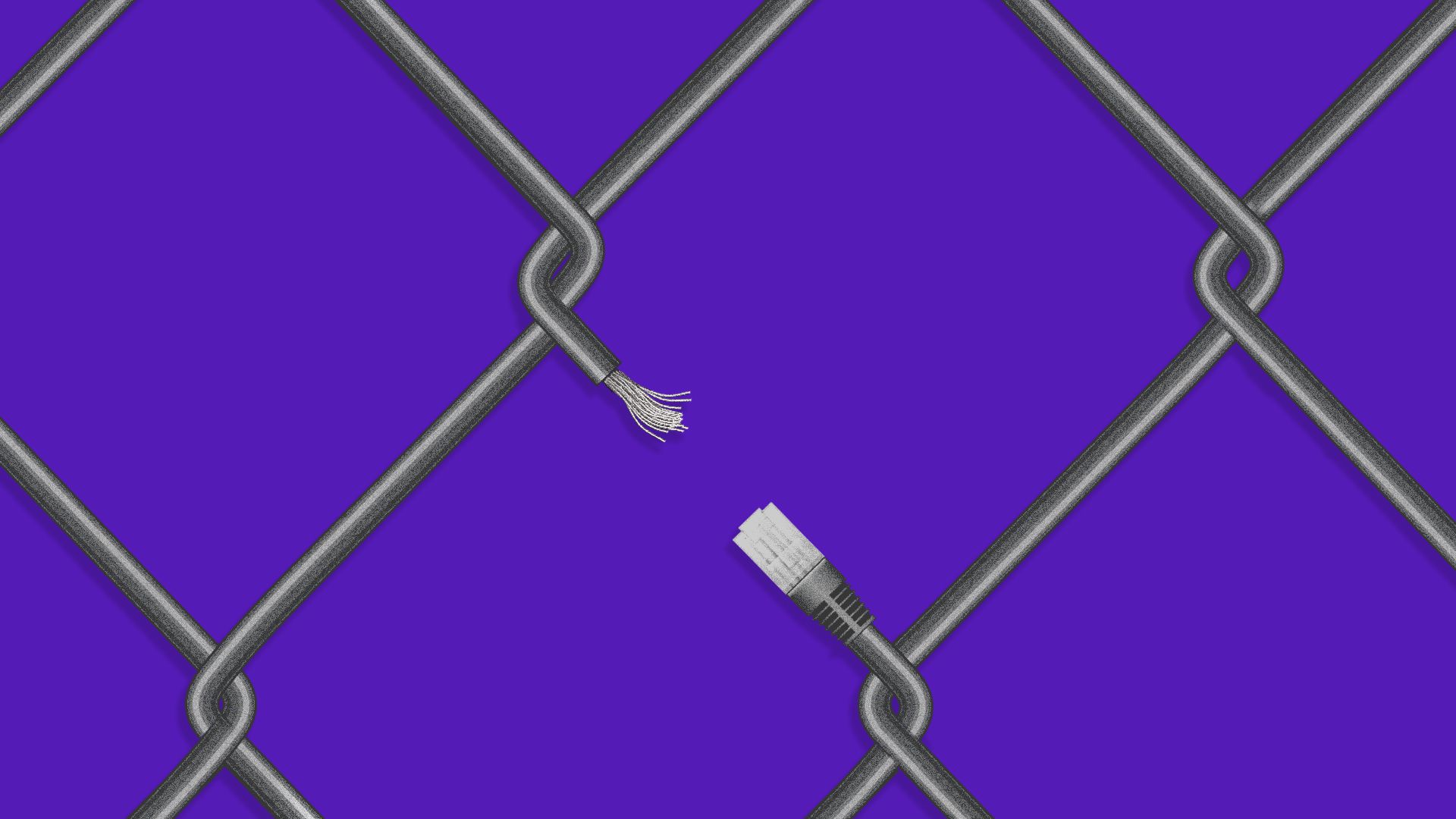The U.S. goes on the cyber offensive – Axios
The big picture: For the last three or so years, the U.S. has been on the receiving end of some of the most damaging cyberattacks in history, climaxing with Russia's hacking of the 2016 presidential election. All in all, it has been an exceedingly embarrassing period for U.S. intelligence agencies, including the massively damaging 2013 theft of surveillance secrets by ex-CIA contractor Edward Snowden, and the leak of top National Security Agency hacking tools to the so-called Shadow Brokers.
But now, in a high-profile story, the U.S., under tremendous military, economic and diplomatic pressure globally amid the multi-front brinkmanship of the Trump administration, has been depicted as a formidable cyber actor:
- In a piece Sunday, the NYT reported that the U.S. has placed “potentially crippling malware inside the Russian [electric] system at a depth and with an aggressiveness that had never been tried before.”
- In another report, in 2016, the NYT described a plan called Nitro Zeus, in which American personnel would use vast U.S. cyber capabilities to “disable Iran’s air defense, communications systems and crucial parts of its power grid,” in addition to the Fordo nuclear enrichment site. The lead byline on both stories is David Sanger, a national security correspondent.
Both reports resembled a lower-level 21st century version of the “mutually assured destruction” policy between the U.S. and the Soviets that prevailed during the Cold War. “With the 2020 election heating up, and Russia's cyber offensive continuing, I can well imagine policymakers wishing Americans to know what their government is doing in response," Richard Fontaine, CEO of the Center for a New American Security, tells Axios. "That message is, shall we say, not always clearly communicated by the commander in chief.”
Fontaine called the twin actions “prudent preparation of a battlefield that may never be engaged. In order to respond via cyber means to an adversary's actions, it is too late to start when the crisis begins. That is why states place beacons in foreign systems.”
- Previously, U.S. officials have described Russia inserting malware to sabotage U.S. infrastructure like power plants, water supplies and energy pipelines.
- While neither nation is known to have actually flipped off the power switch in the other country, Russia did shut off the electricity in Ukraine in December 2015.
- And in August, the U.S. attacked the Internet Research Agency, the group responsible for much of Russia’s hacking of the 2016 U.S. election.
There was much in the way of blowback. In a tweet, Trump called the Russia report a “virtual act of treason” by the Times. The paper itself said it checked the story with the National Security Council, which said it had no concerns. That was “perhaps an indication that some of the intrusions were intended to be noticed by the Russians,” the NYT said.
Speaking by email, James Lewis, director of CSIS’s Technology Policy Program, said that the leak may reflect unhappiness by some American officials with Trump’s Russia policy, and “a desire to lock in a more confrontational policy.”
Chris Meserole, a fellow at the Brookings Institution, agrees:
- "The White House and intelligence community don’t see eye to eye on the threat Putin poses, particularly in cyberspace, so the leaks are designed to tie Trump’s hands while also communicating to the Kremlin that Russia is even more vulnerable to cyber attacks than we are."








Gloss